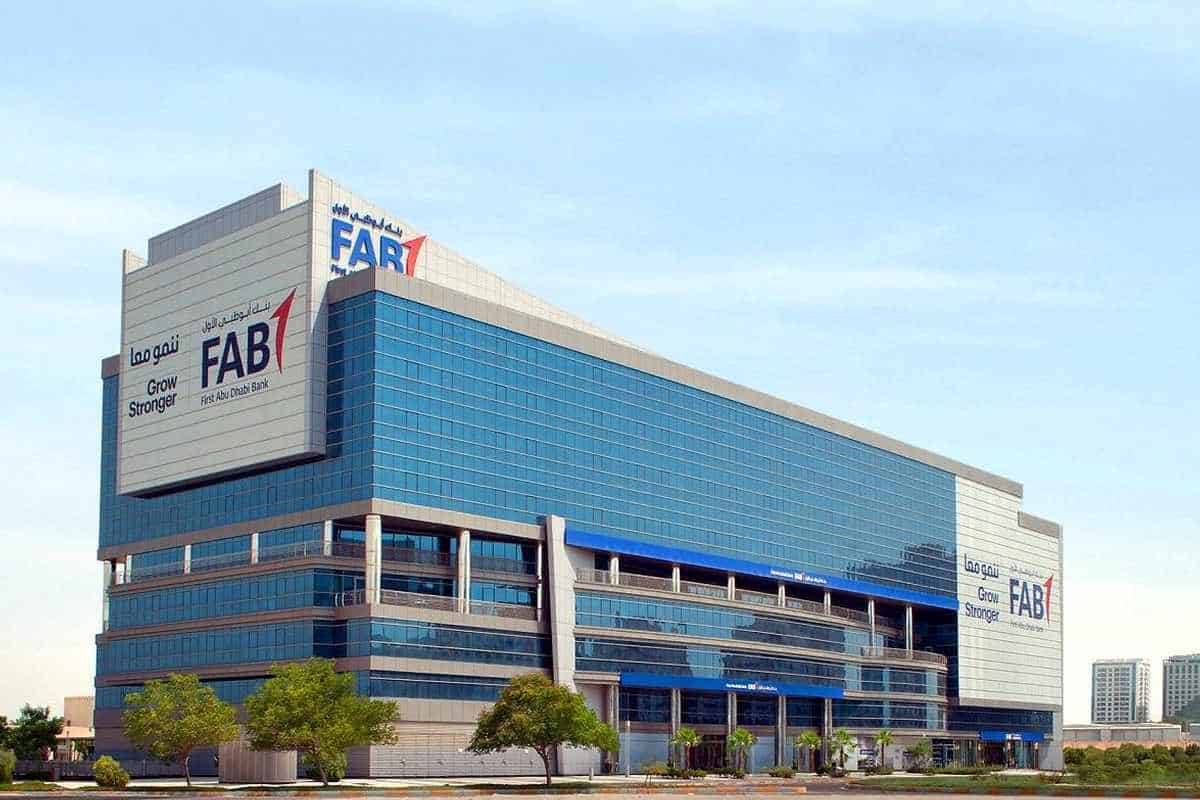The total interest income of the 10 largest banks in the UAE grew by 19.5 percent in the second quarter of 2022, as compared to Q2 2021, according to a report by Alvarez & Marsal
As a result, the current fiscal year has seen the banks post a net income growth of 24.4 percent, said the report, “UAE Banking Pulse for Q2 2022”.
The report analyzed data from the 10 largest listed banks in the UAE. The research investigates size, liquidity, income, operating efficiency, risk, profitability, and capital of financial institutions.
The banks included in Alvarez & Marsal’s report are: First Abu Dhabi Bank, Emirates NBD, Abu Dhabi Commercial Bank, Dubai Islamic Bank, Mashreq Bank, Abu Dhabi Islamic Bank, Commercial Bank of Dubai, National Bank of Fujairah, Ras Al Khaimah National Bank, and Sharjah Islamic Bank.
The financial situation of customers has improved, as evidenced by the positive feedback loop of loan repayments and deposit inflows.
Increases in both advances and deposits have contributed significantly to the growth in interest income. The total amount of loans increased by 1.8 percent, but deposits increased by a far higher rate of 4.5 percent. Thus, the overall loan to deposit ratio (LDR) in Q2/2022 fell to 82.4 percent from 84.5 percent in Q1/2022.
Non-interest income (NII) increased by 15.1 percent quarter-on-quarter and net interest margin (NIM) increased by 26.1 bps QoQ due to higher benchmark rates.
In addition, asset quality has improved since non-performing loans as a percentage of total loans and advances (NPL/L&A) decreased by 0.4 percent to reach 5.7 percent in the most recent quarter.
2022 UAE trends
The growth in operating income was primarily driven by gains in interest income (19.5 percent QoQ) and other NII (foreign exchange income and investment gains). Comparing Q1’22 to Q2’22, the overall operating income increased by 13.6 percent QoQ. Both net investment income (NII) and revenue from foreign exchange and investments (+24.1 percent QoQ) played a significant role in the expansion.
Moreover, in Q2/2022, the cost of funds rose by 26.2bps QoQ to 1.3 percent. Also, In Q2/2022, the cost-to-income (C/I) ratio improved for eight out of 10 banks in the UAE.
While the cost of risk (CoR) decreased for the sixth consecutive quarter as aggregate impairment costs went down. Total provisioning fell 9.7 percent compared with Q1, contributing to the overall drop in CoR from 9.7bps QoQ to 0.72 percent.
As quarterly profitability increased in Q2/2022, so did the return ratios. Return ratios such as return on equity (ROE) and return on assets (ROA) improved by 1.9 percent points and 0.3 percent points quarter over quarter, respectively, resulting from the 24.4 percent sequential growth in aggregate net income.
Arab Banking
In 2021, Arab banking sector assets topped $4 trillion, equal to 136 percent of the combined GDP of all Arab countries.
The assets of the banking sector in the Arab countries reached $4.31 trillion at the end of last year, an increase of five percent at the end of 2020, according to the Arab Monetary Fund’s annual report on financial stability in the Arab countries for the year 2022.
Despite the severe difficulties brought forth by the “Covid-19” epidemic, consumer and market trust in the banking sector remains high.
According to the report, at the end of last year, UAE banks held a 22.4 percent market share of the assets in the Arab banking sector, followed by Saudi banks with a 21.7 percent market share.








